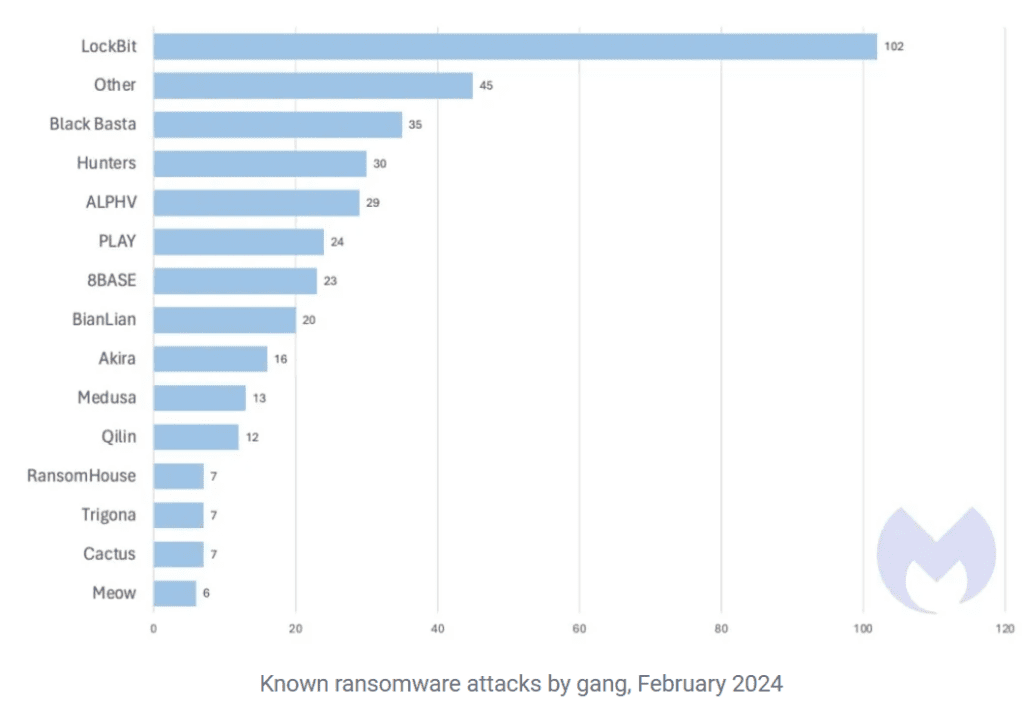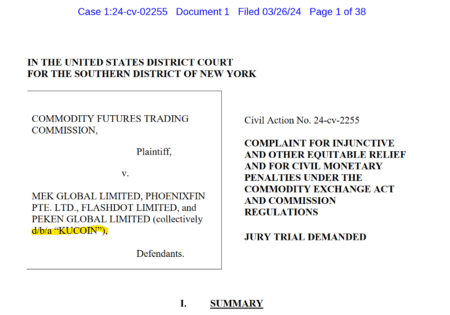In the ever-evolving cybercrime landscape, ransomware has emerged as a particularly devastating threat. Characterized by its ability to encrypt victims’ data, rendering it inaccessible until a ransom is paid, ransomware represents a significant portion of the cybercrime universe. The advent and proliferation of cryptocurrencies have only exacerbated this threat, creating a symbiotic relationship that has fueled the growth and sophistication of ransomware attacks.
Understanding Ransomware
Ransomware is a type of malicious software (malware) designed to block access to a computer system or data until a ransom is paid. It typically spreads through phishing emails, malicious attachments, or compromised websites. Once activated, the ransomware encrypts the victim’s files, and the attacker demands a ransom, often in cryptocurrency, to provide the decryption key.
Ransomware fits into the broader cybercrime ecosystem alongside other threats such as phishing, identity theft, and distributed denial-of-service (DDoS) attacks. However, its impact can be particularly severe due to the direct financial and operational damage it causes to individuals, businesses, and critical infrastructure.
The Pre-Cryptocurrency Era of Ransomware
Ransomware is not a new phenomenon. The first known instance of ransomware, known as the “AIDS Trojan” or “PC Cyborg,” appeared in 1989. It spread via floppy disks and demanded a ransom to be sent to a post office box. However, the logistics of collecting payments and maintaining anonymity made these early attacks less practical and widespread.
The Cryptocurrency Revolution
The emergence of cryptocurrencies, particularly Bitcoin, has revolutionized the ransomware landscape. Cryptocurrencies offer a level of anonymity and ease of transfer that traditional payment methods lack, making them an ideal vehicle for cybercriminals. Bitcoin, with its decentralized nature and global reach, allows attackers to collect ransoms without revealing their identities or locations.
The rise of cryptocurrencies has led to an explosion in the frequency and scale of ransomware attacks. According to the “State of Ransomware 2024” report by Sophos, 59% of organizations surveyed experienced a ransomware attack in the past year. The number of unreported cases is very high, as many attacked companies do not want to go public in order to prevent reputational damage. The average ransom paid per attack has increased fivefold in the last 12 months.
The Volume of Ransomware Cybercrime
The financial impact of ransomware is staggering. A report by Cybersecurity Ventures predicts that ransomware will cost its victims around $265 billion annually by 2031, up from $42 billion in 2024 and $20 billion in 2021. Cybersecurity Ventures predicts a new attack (on consumers and organizations) occurring every two seconds as ransomware perpetrators progressively refine their malware payloads and related extortion activities.

Notable recent ransomware attacks involved Crinetics Pharmaceuticals, where LockBit claimed to have stolen data and demanded a $4 million ransom. The Medusa ransomware gang attacked the Henry County government in Illinois, demanding a $500,000 ransom and giving the county eight days to comply.
The Role of Cryptocurrencies in Ransomware Proliferation
Cryptocurrencies have become integral to the ransomware business model. They not only facilitate the collection of ransoms but also help in laundering the proceeds. Cybercriminals often use cryptocurrency mixing services to obscure the origins of their funds, making it challenging for law enforcement to trace and recover the illicit gains.
In response to this growing threat, governments and regulatory bodies worldwide are implementing stricter regulations on cryptocurrency exchanges and increasing their efforts to monitor and combat ransomware activities. For instance, the U.S. Department of the Treasury’s Office of Foreign Assets Control (OFAC) has imposed sanctions on cryptocurrency exchanges known to facilitate ransomware payments.
Conclusion
The relationship between ransomware and cryptocurrencies is a prime example of how technological advancements can both benefit and challenge society. While cryptocurrencies offer numerous legitimate benefits, their misuse by cybercriminals has created significant security challenges. Addressing the ransomware threat requires a multifaceted approach, including robust cybersecurity measures, public awareness, and international cooperation to regulate and monitor cryptocurrency transactions.





